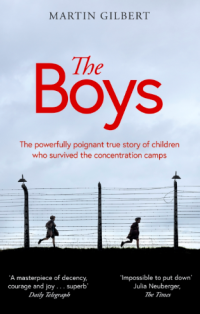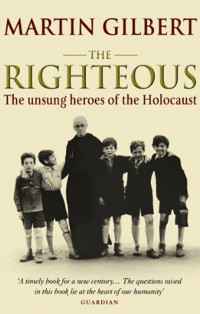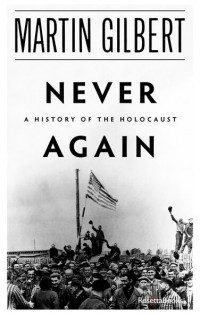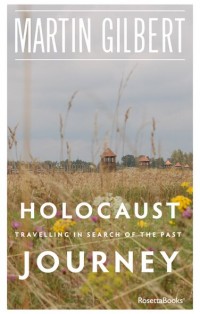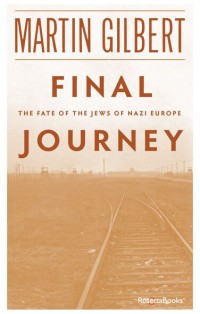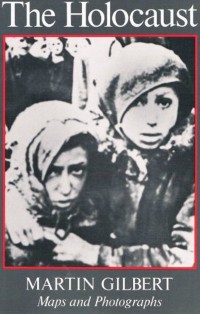The murder of six million Jewish men, women and children during the Second World War was a crime of unprecedented and unparalleled bestiality. Since the end of the war evidence of the savage cruelty of the murderers has emerged in every country in Europe, and from each one of the…
Read more about this book >>Kristallnacht: Prelude to Destruction
Starting in the early hours of 10 November 1938, and continuing until nightfall, violence against the Jews of Germany was unleashed in a whirlwind of destruction. Within a few hours more than a thousand synagogues were set on fire and destroyed. Where it was thought that fire might endanger nearby…
Read more about this book >>Auschwitz and the Allies: How the Allies responded to the news of Hitler’s Final Solution
Book Club Choice April 2024 “In this book I have told the story of how and when the Allies learned of the Nazi extermination of the Jews, and of how they responded. To this end, I have given particular prominence to those atrocity reports which were received in the west…
Read more about this book >>Surviving the Holocaust, The Kovno Ghetto Diary by Avraham Tory: Edited by Martin Gilbert
Avraham Tory’s chronicle of life and death in the Jewish Ghetto of Kovno, Lithuania, from June 1941 to January 1944, was written under conditions of extreme danger by the Secretary of the Jewish Council, and ghetto inmate. After the war, Avraham Tory was forced to entrust his diary to leaders…
Read more about this book >>The Routledge Atlas of the Holocaust: Fifth Edition
This Atlas presents, through 363 maps, each phase of Hitler’s war against the Jewish people, against all those with Jewish blood or of Jewish descent, wherever they could be found. It traces the German conquest of territory in which Jews had lived for centuries: the first random but brutal killings,…
Read more about this book >>The Boys: Triumph Over Adversity
When Britain declared itself willing in the summer of 1945 to take in one thousand young survivors of the Holocaust, no more than 732 could be found. During the following eight months they were flown from Prague and Munich to Windermere and Southhampton, as well as to Scotland and Northern…
Read more about this book >>The Righteous: The Unsung Heroes of the Holocaust
The story of non-Jews, most of them Christian, but also Muslims, who risked their lives to hide Jews during the Holocaust: from the group efforts of the Danish Resistance to transport 8,000 Danish Jews to safety, and the refusal of the Bulgarian Church, parliament and people to allow the deportation…
Read more about this book >>Never Again: A History of the Holocaust
A history of the Holocaust in 78 two – page spreads, each spread has a specific theme, and is illustrated with photographs, colour maps, art work, recollections, and commemorative postage stamps. Themes include pre-war Jewish life, Kristallnacht, Education and Culture in the ghettos, the Warsaw Ghetto revolt, Escape to the…
Read more about this book >>Holocaust Journey: Travelling in Search of the Past
This extraordinary and powerful book describes a fourteen-day journey made by the historian Sir Martin Gilbert and a group of London University students of the Holocaust to many of the sites associated with Jewish history before and during the Second World War. A geographic pilgrimage which is also an excavation…
Read more about this book >>Final Journey: The Fate of the Jews in Nazi Europe
One of the earliest published historical accounts of what came to be known as the Holocaust, set out in twenty-two episodes or aspects, from The Netherlands and France to Romania and Greece, based on the records kept by eyewitnesses of both the Germans and the Jews.
Read more about this book >>The Holocaust: Maps and Photographs
Published for the Holocaust Educational Trust, this slim atlas chronicles in photographs and maps the scale of the slaughter – six million Jews murdered – the widespread acts of Jewish resistance, the fate of many millions of non-Jews who were also murdered, the often inadequate response of the world outside…
Read more about this book >>






